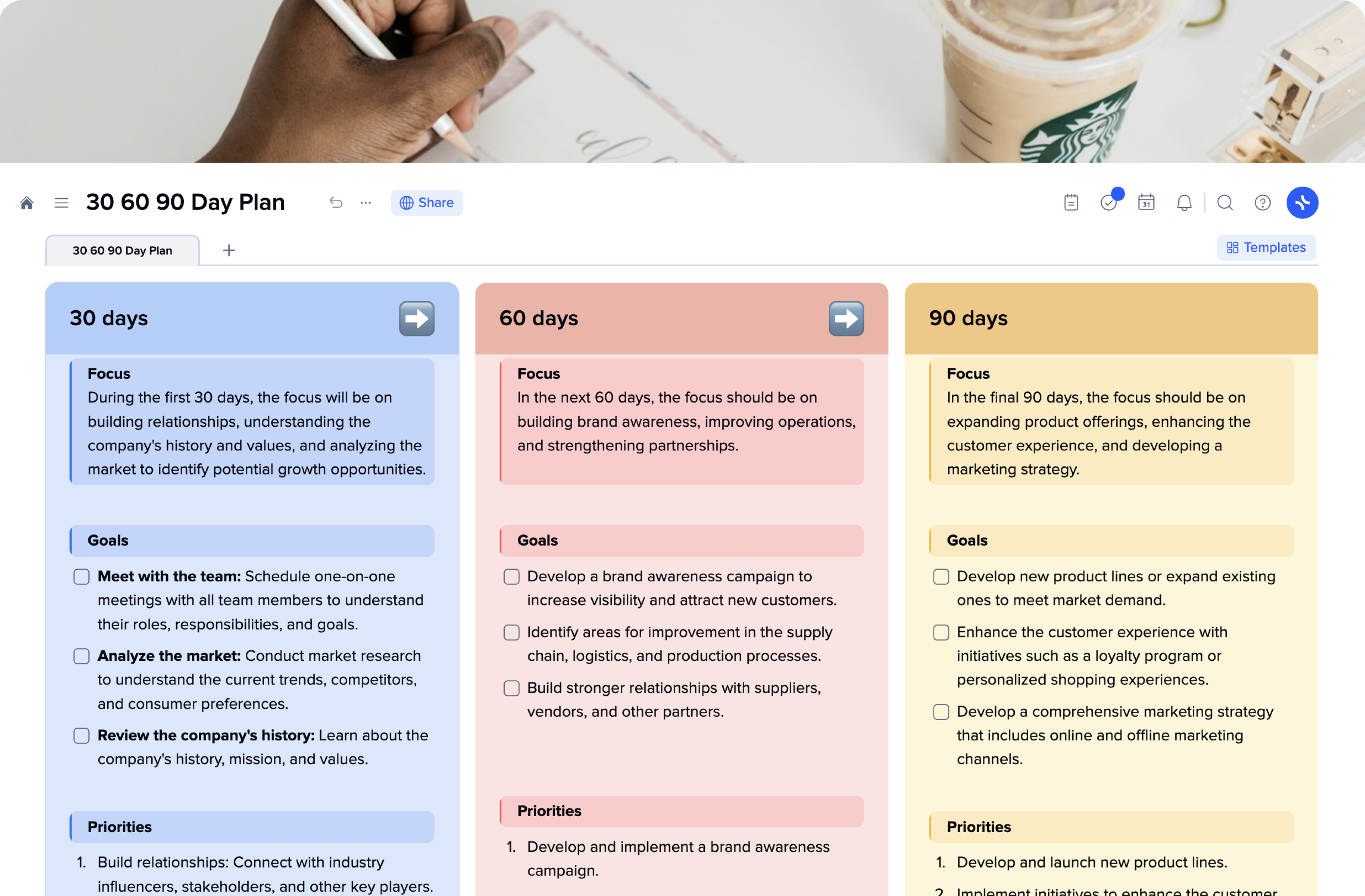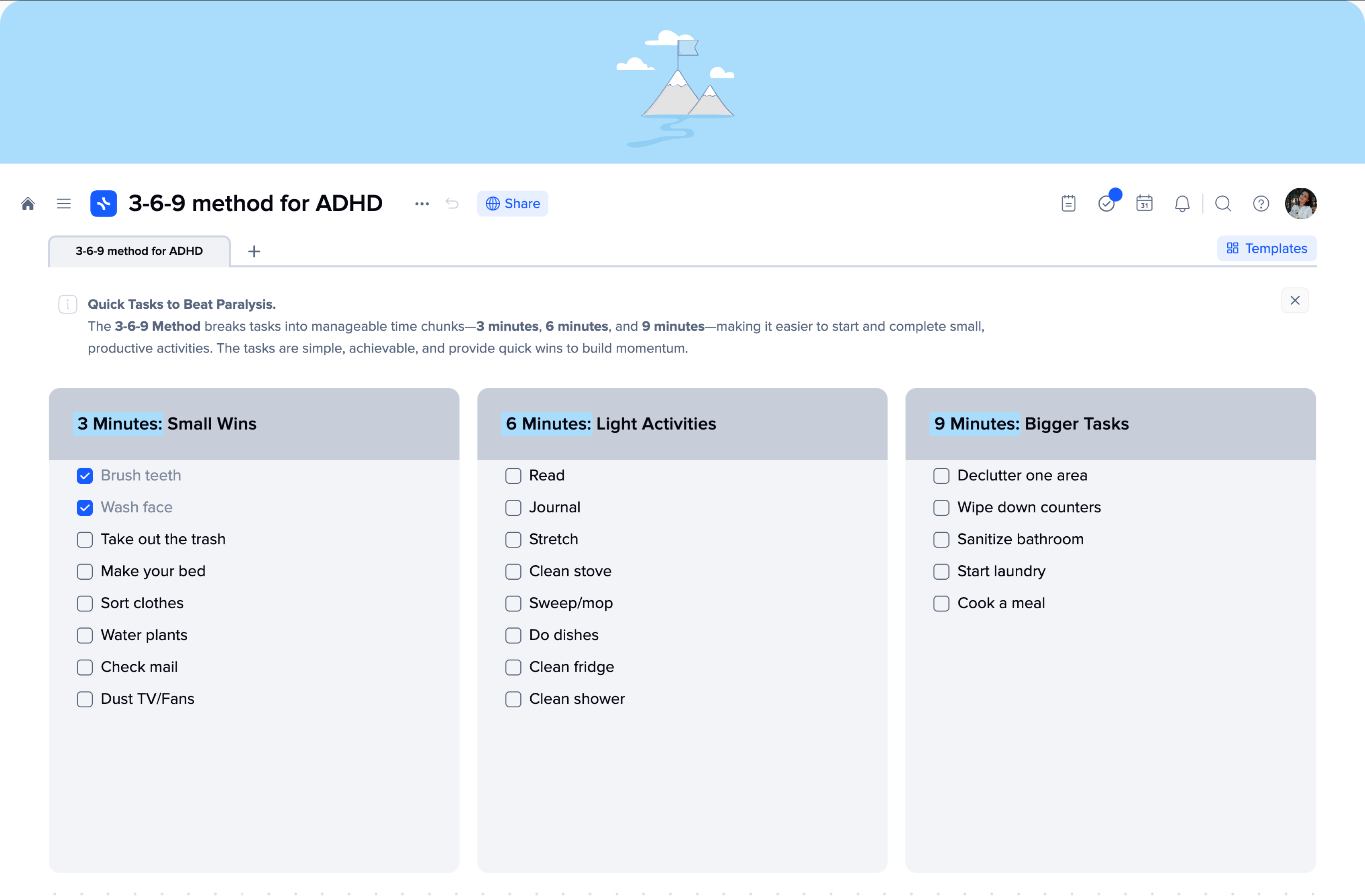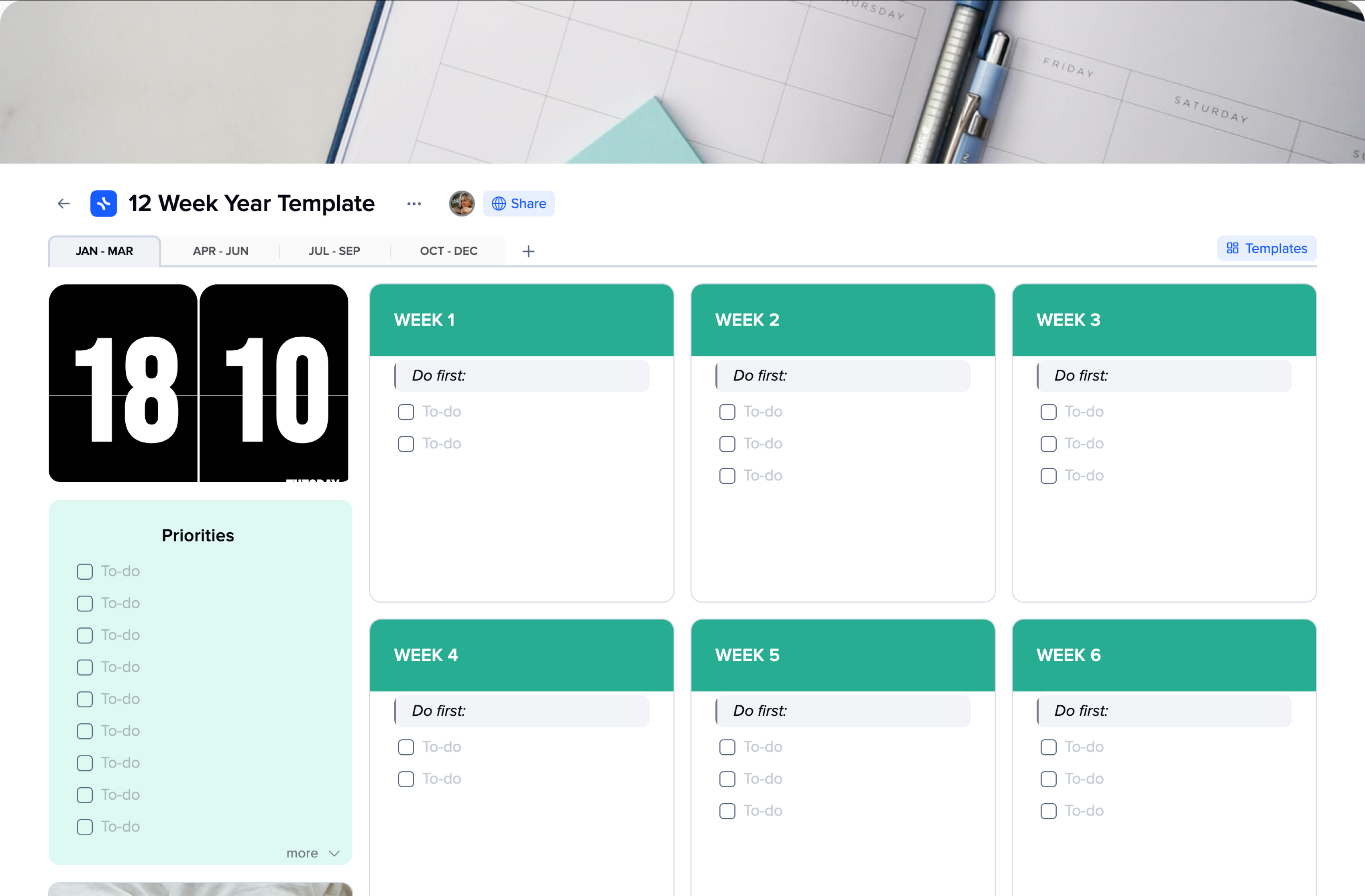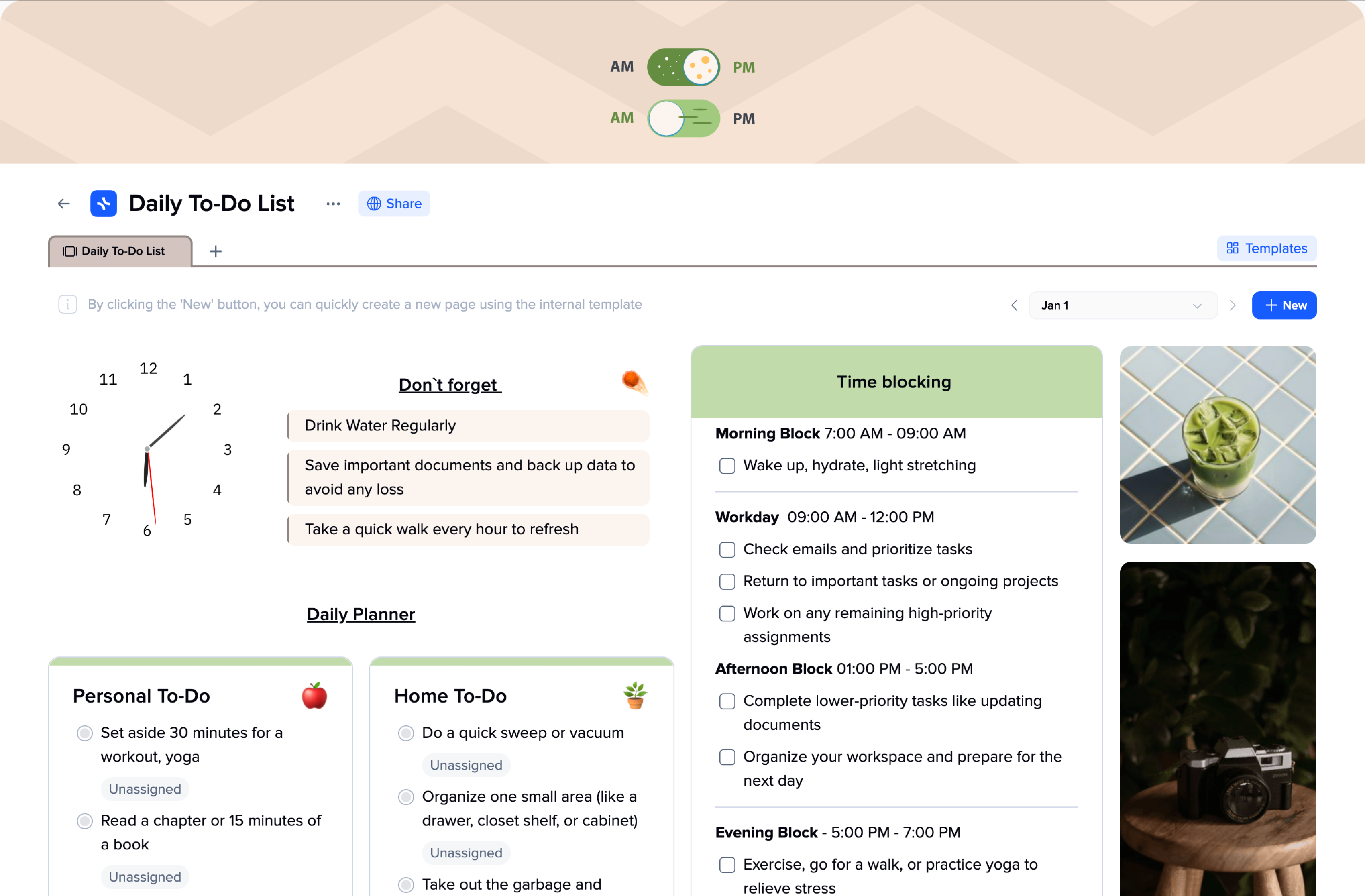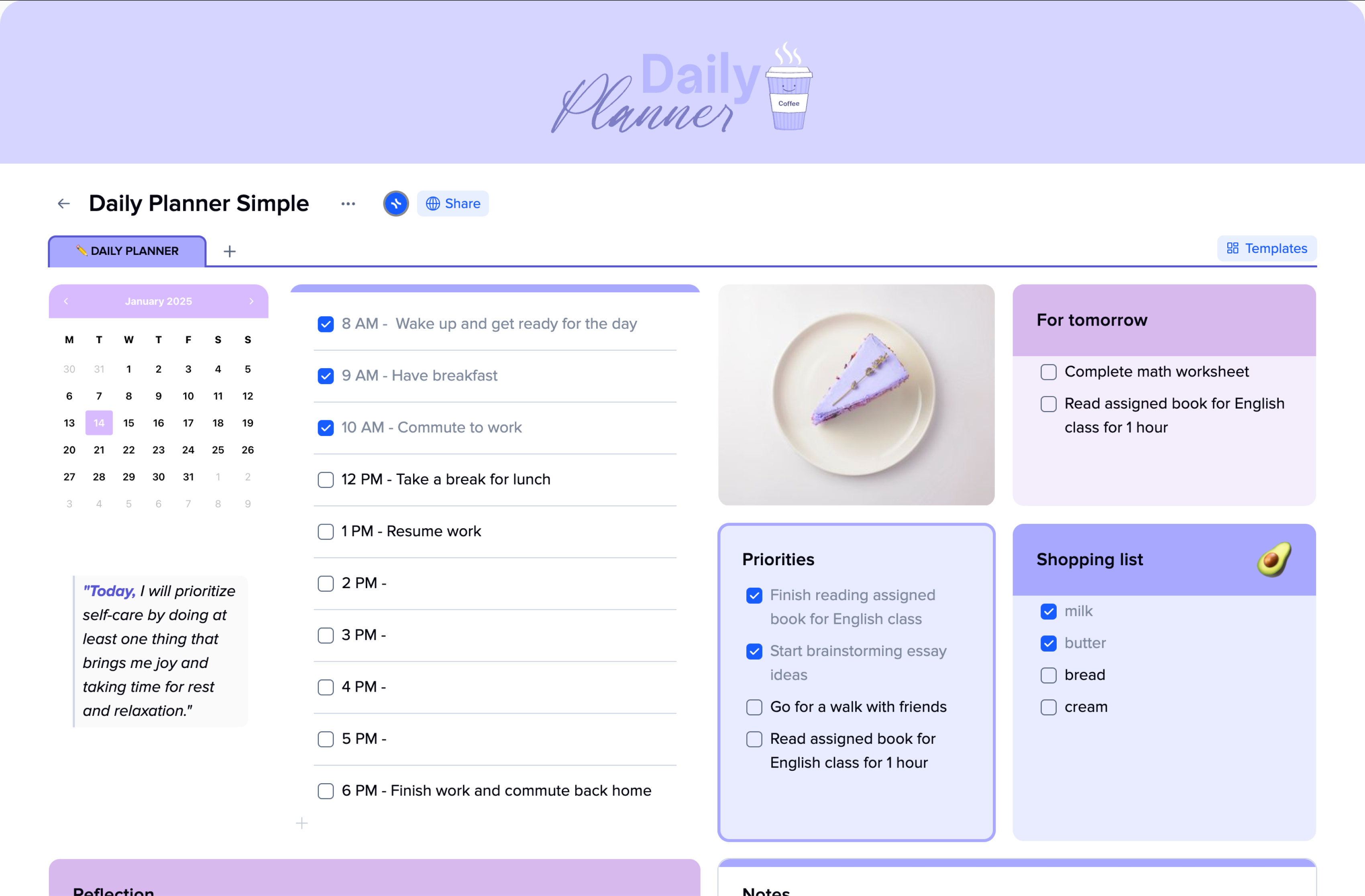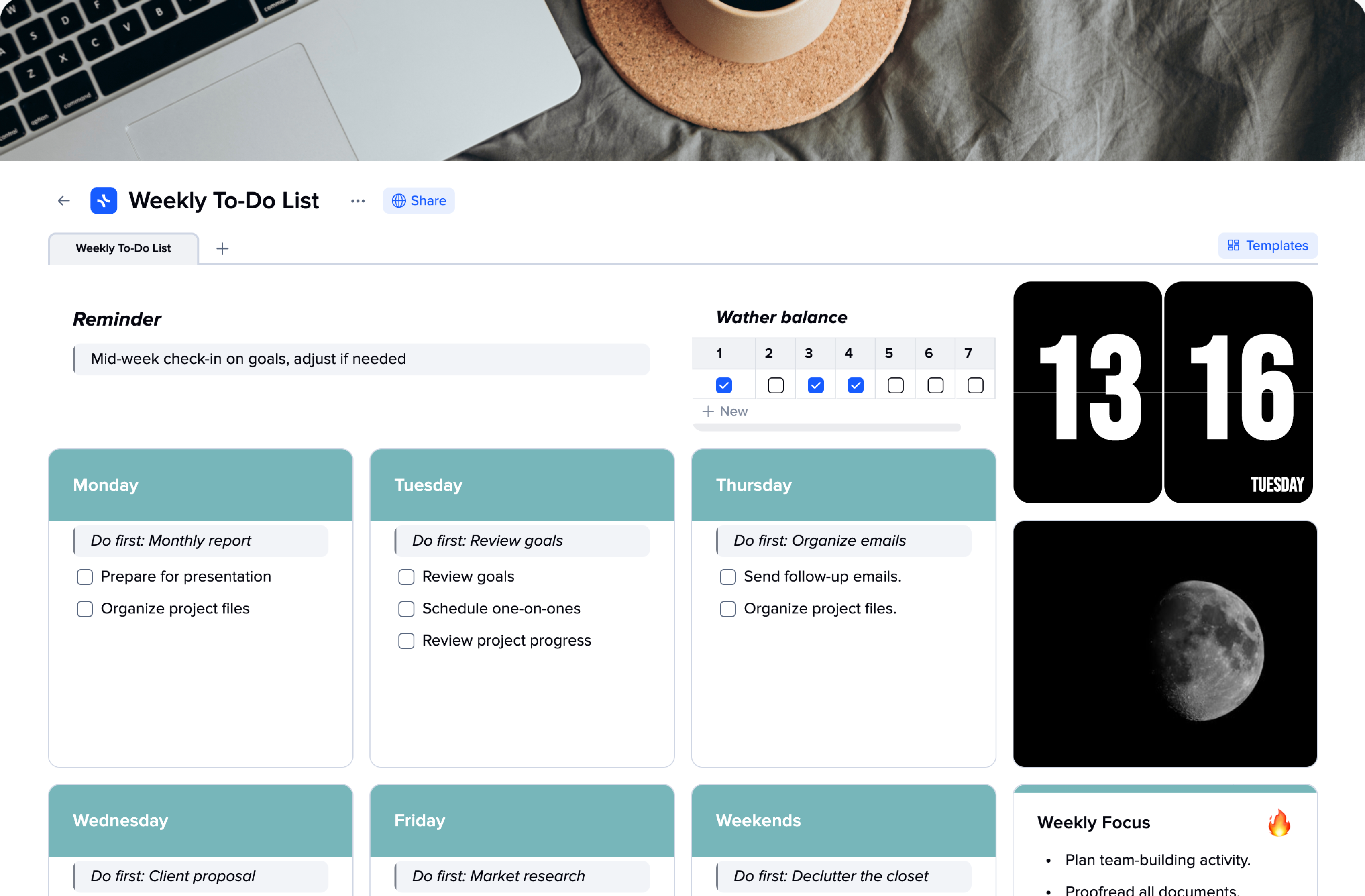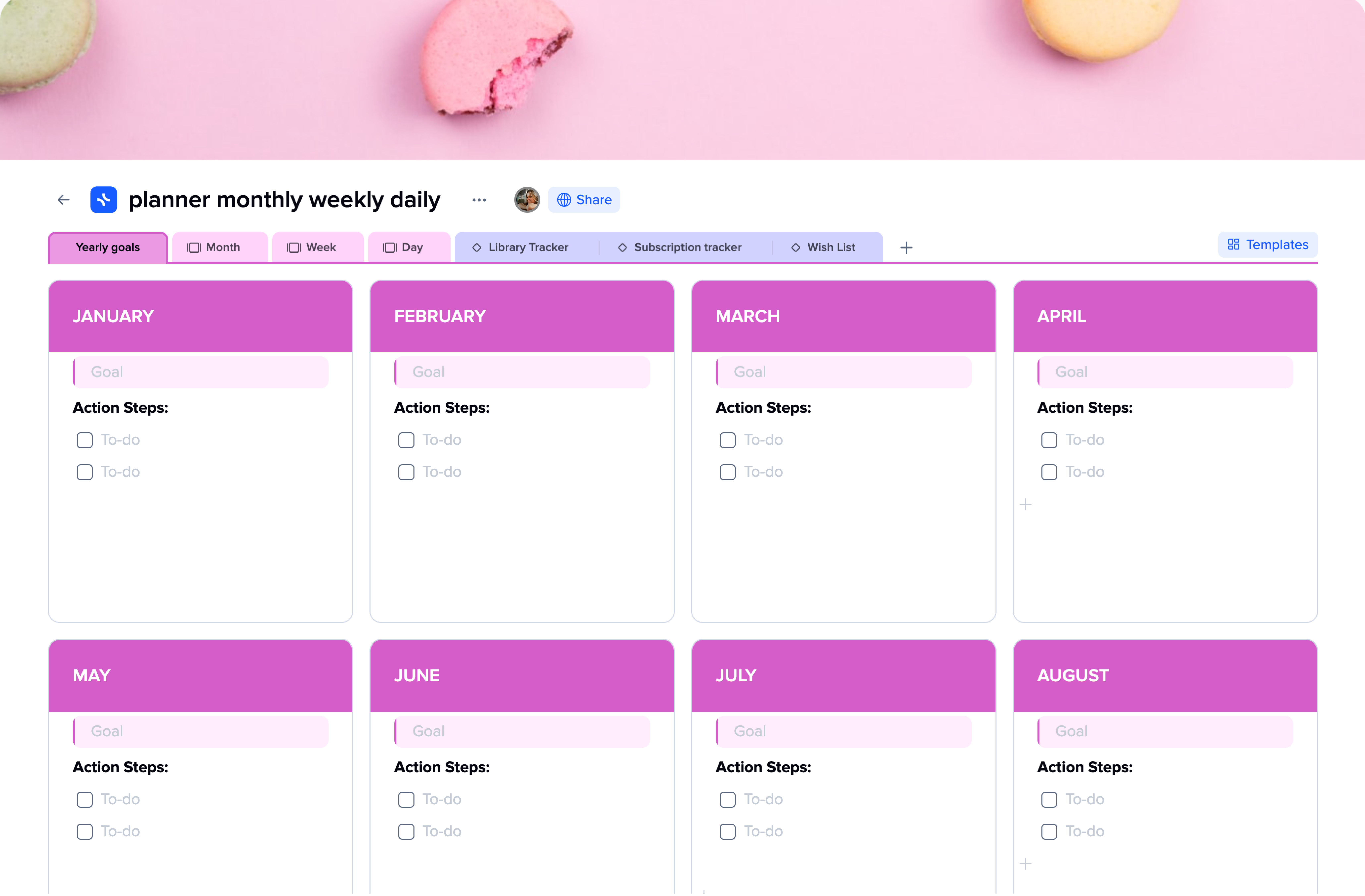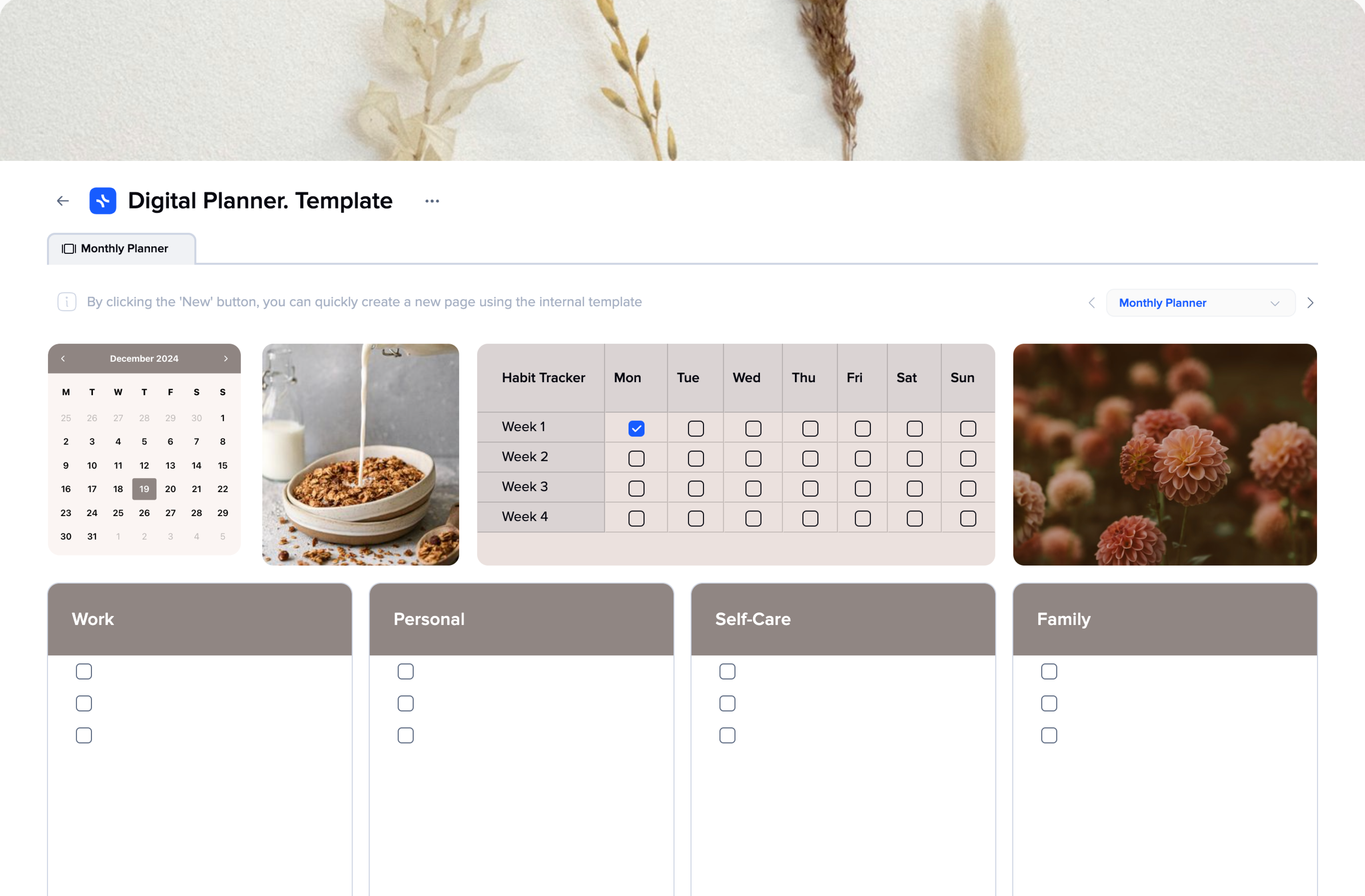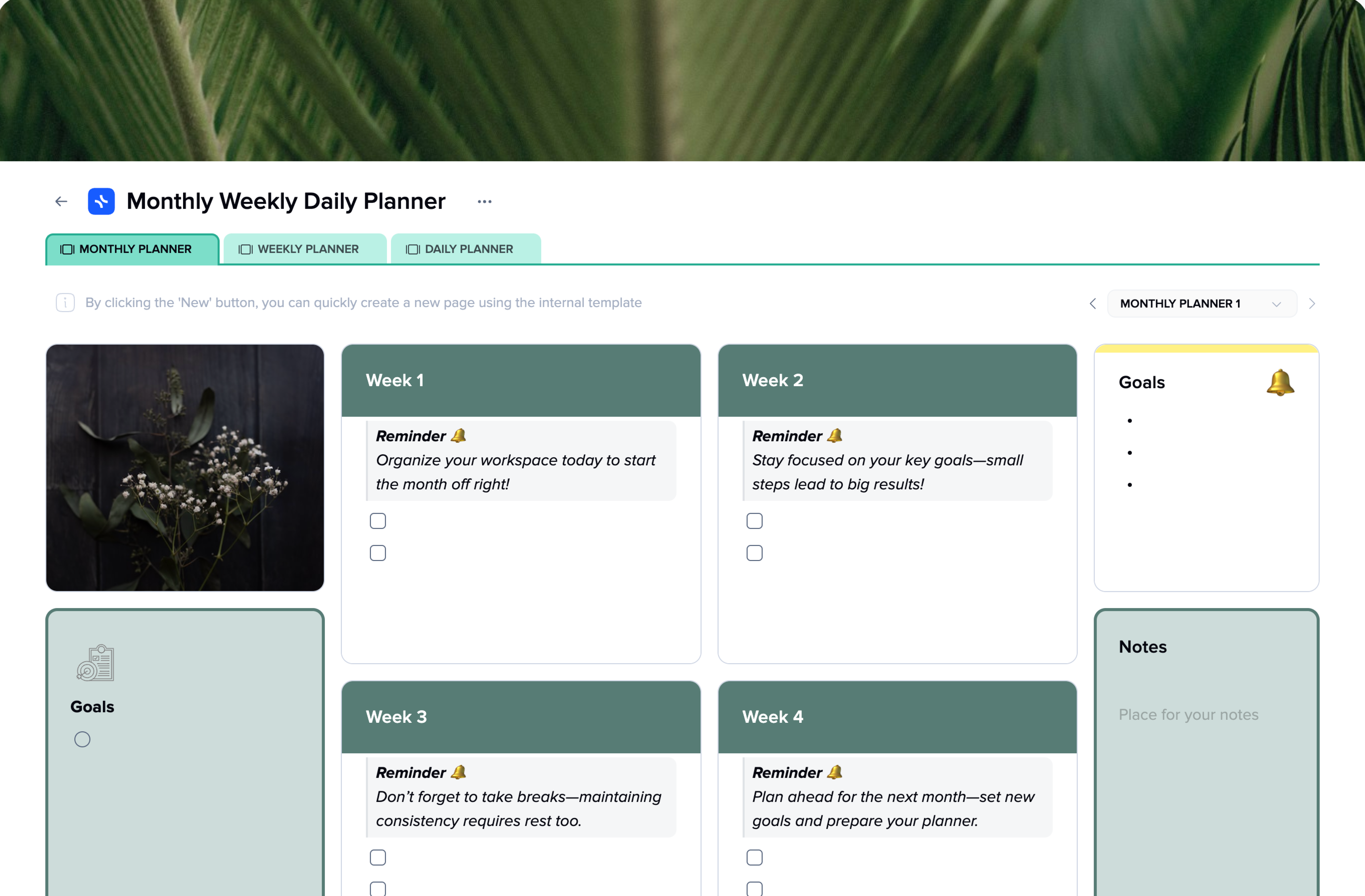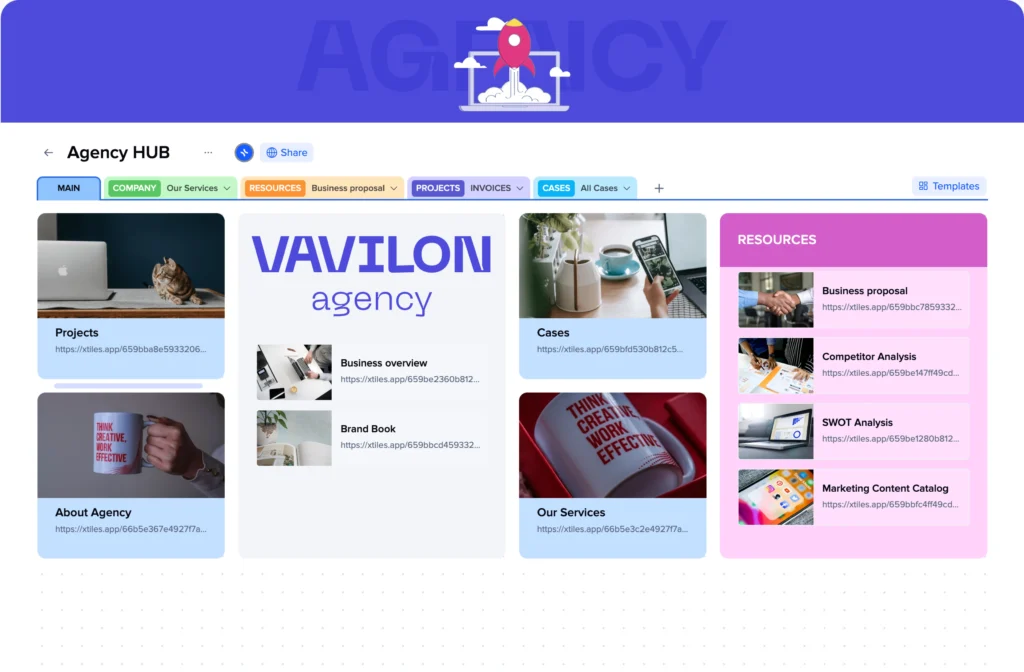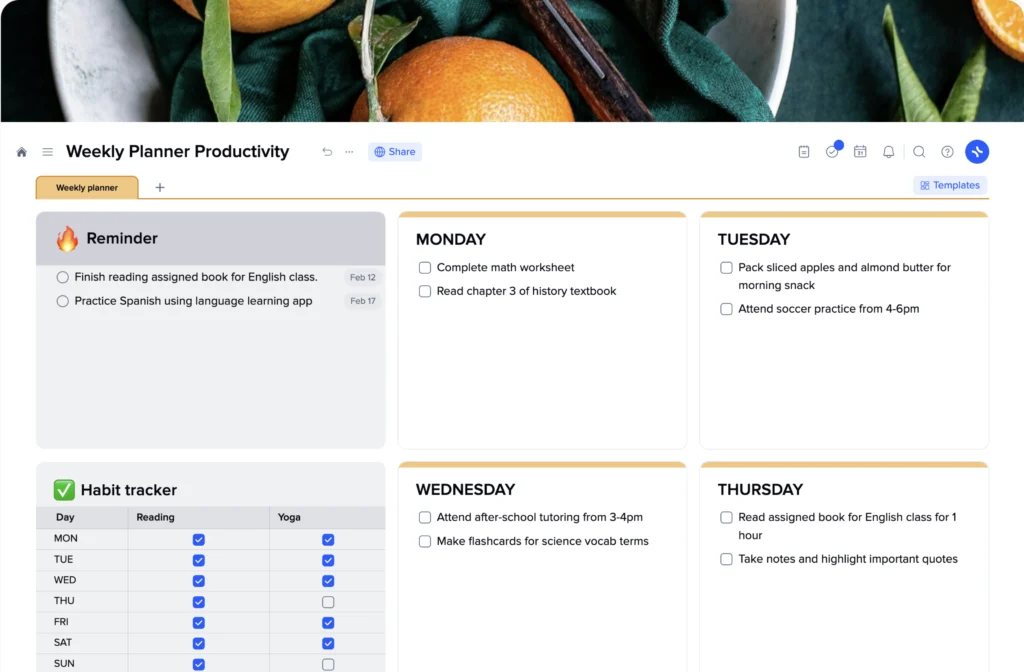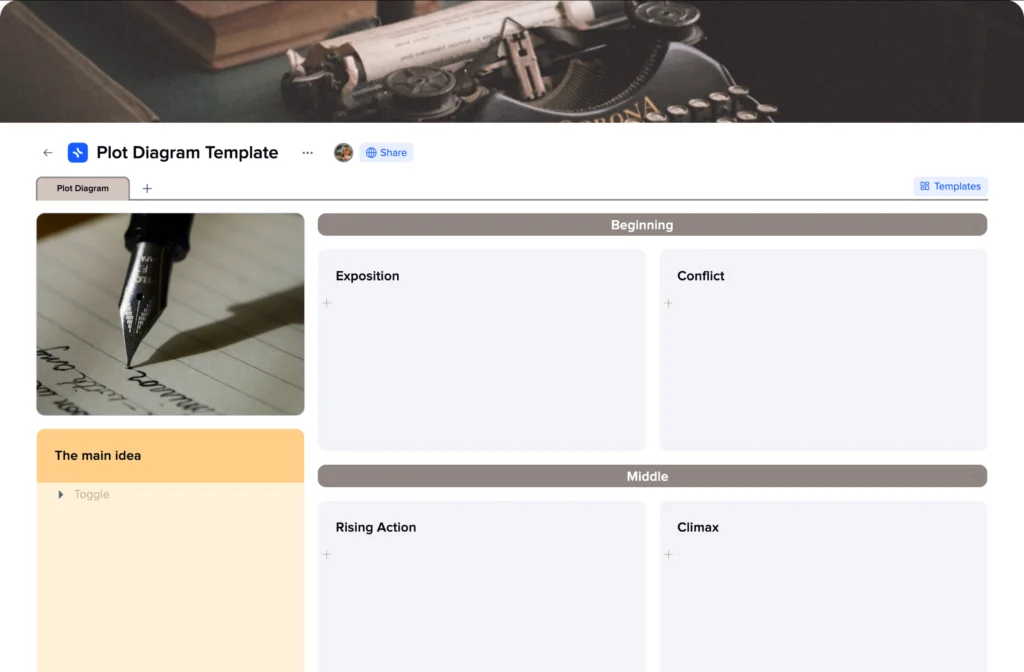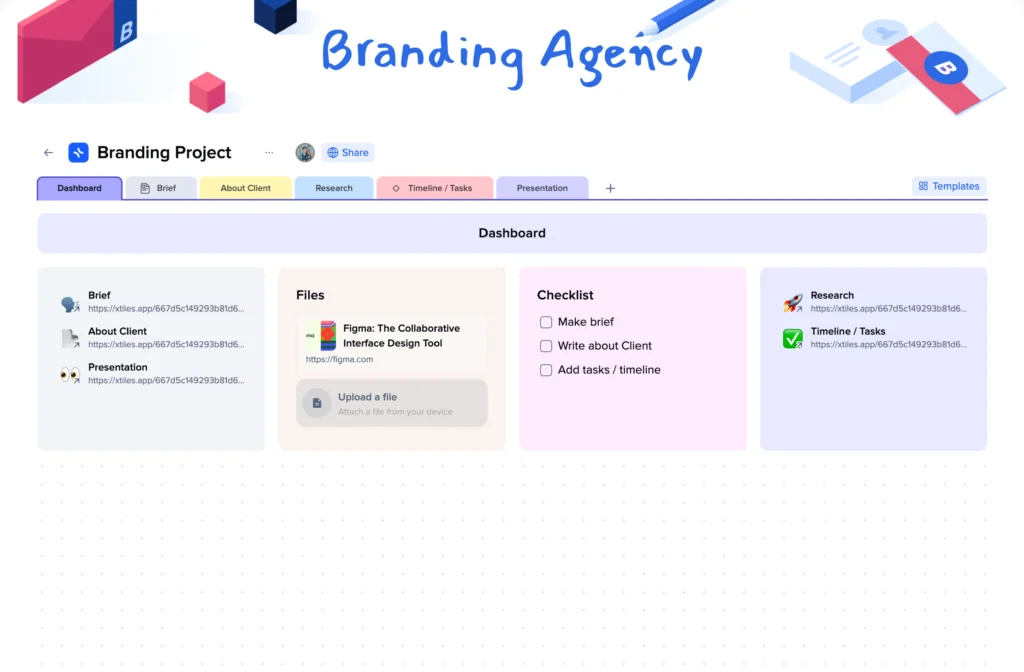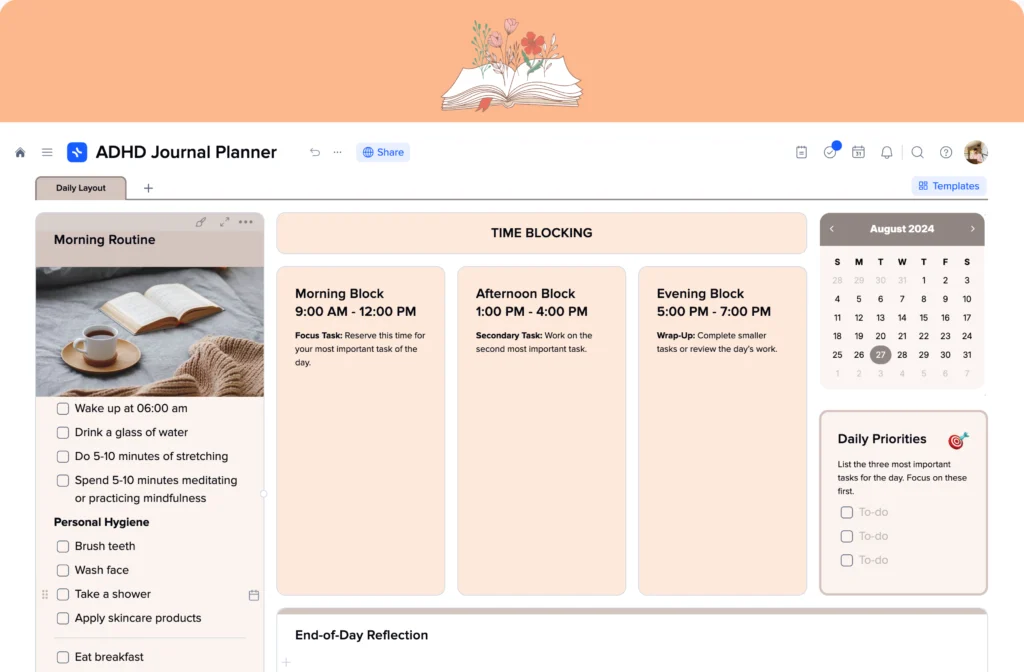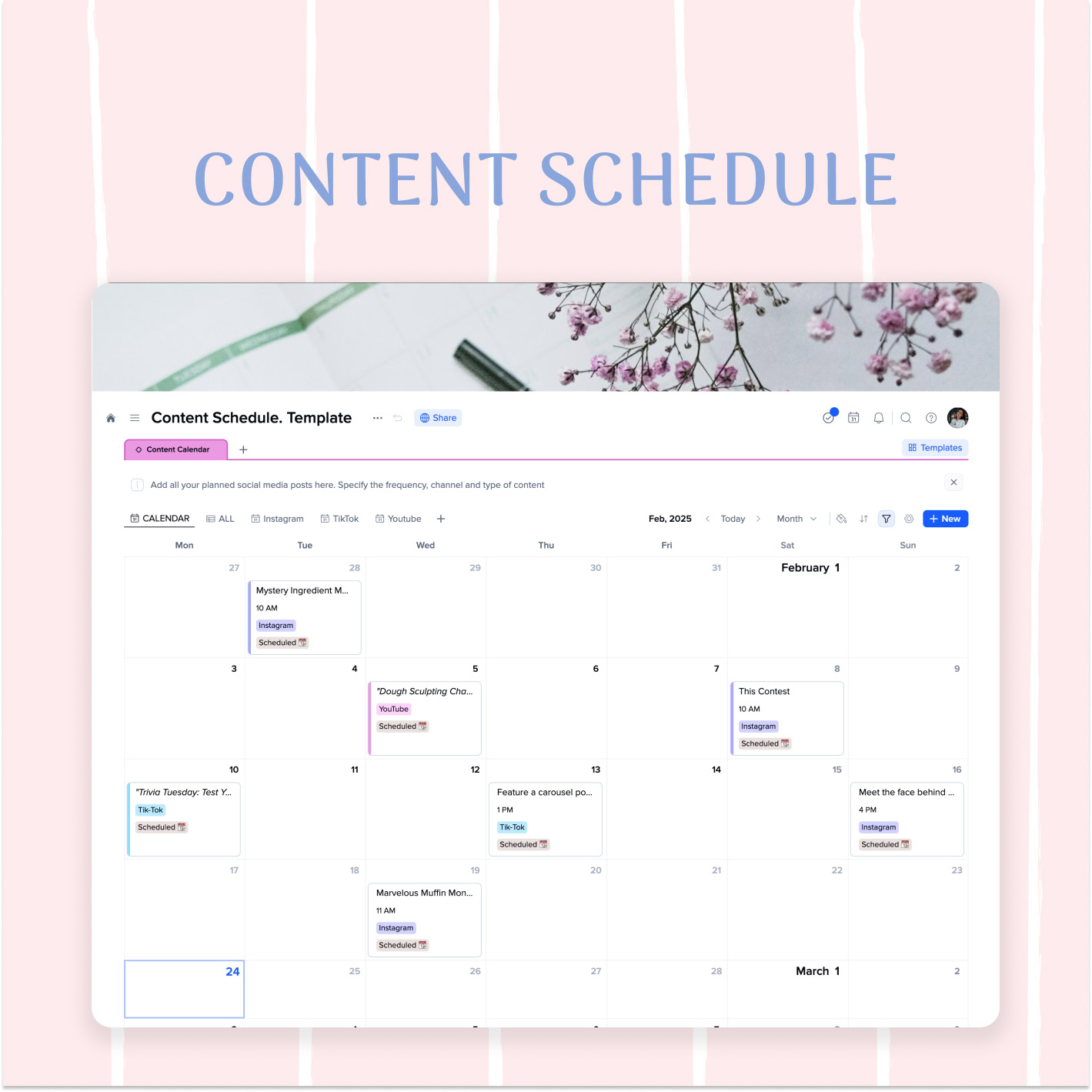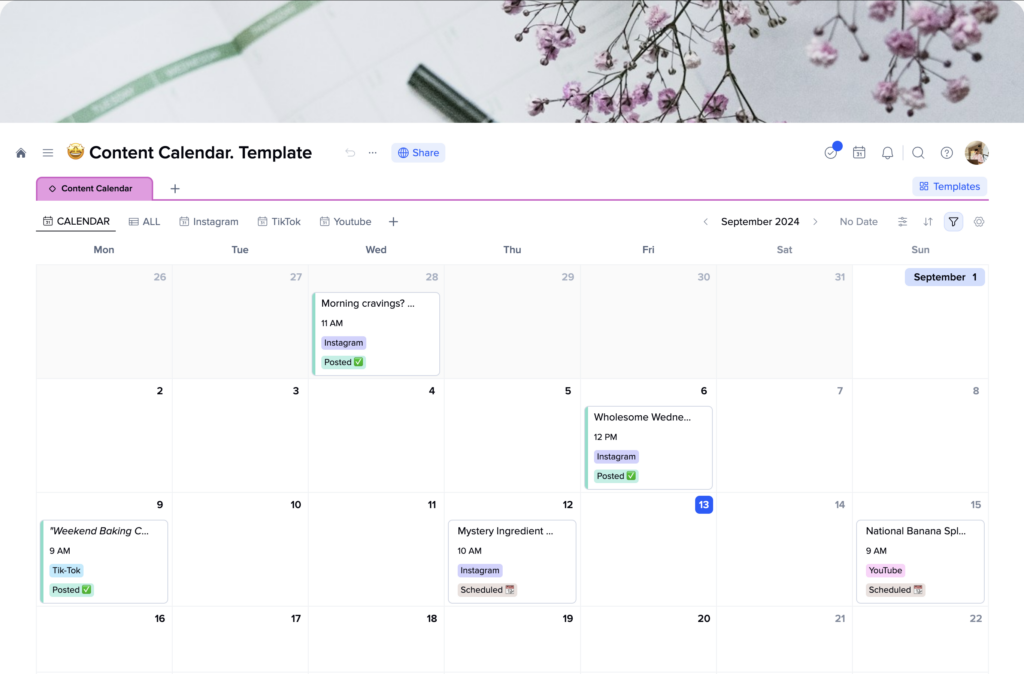A free 30 60 90 day plan template for a person’s goals | xTiles
Starting something new is never easy, especially when venturing into the uncertain and unknown. Throwing people into a whirlpool of new information is never an option. A person needs time and a defined plan to learn and settle down to start being effective.
A 30-69-90 day plan leads step-by-step through a person’s endeavor, new job, project, or any significant, helping set realistic goals for the first 30, 60, and 90 days. It outlines the main milestones for a person to hit in their first few months of employment or a new project.
A template for 30-60-90 day plan makes the process even easier, providing individuals with a ready-to-use framework for building their plans. It comes in handy for its customization and editing options and appealing designs.
The xTiles 30-60-90 day free plan template offers a well-defined structure suitable for any purpose, including a 30-60-90 day sales team plan, a 30-60-90 day plan for internal promotion, a 30-60-90 day onboarding plan, etc.
Except for that, we offer you a detailed guide on creating your plan and what to include and a 30-60-90 day plan example to make the process even easier.
What is a 30-60-90 Day Plan?
A 30-60-90 day plan is a structured plan that a new hire or human resources managers devise to establish objectives and chart their course of action during the initial 30, 60, and 90 days of a fresh job, project, or any other notable undertaking.
The intention is to optimize employee productivity and professional development during their initial employment days, often involving overwhelming and confusing experiences. The plan helps streamline and clarify the employee’s tasks and priorities, enabling them to stay focused on what they should be doing.
The plan contains three parts:
First 30 days
In the initial month, the focus is on getting acclimated to the new work environment, understanding the company culture, building relationships, and grasping the specifics of the role. The onboarding process and learning phase build acctodingly to concrete goals you have in mind when hiring the person will help them go through this stage easier.
Some key activities may include:
-
People familiarize themselves with the company policies and company’s mission, products, services, processes, pain points, etc.
-
New team members meet their colleagues, and key stakeholders to establish connections and gain insights.
-
People set short-term goals and milestones to establish a strong foundation for future progress.
-
A hire learns any necessary tools, systems, or procedures required for the job. Company can provide them with online course and relevant resources if needed.
-
Finally, people gather feedback and actively listen to understand expectations.
Next 30 days (60-day mark)
During the second month, the focus shifts toward taking more initiative and contributing to the company goals. The 60-day phase typically includes the following:
-
People start to assume additional responsibilities or tasks beyond the initial onboarding phase.
-
Taking initiative, slowly but steadily, becomes necessary.
-
People start to implement ideas or suggestions based on the understanding gained during the first 30 days.
-
People start to develop strategies or action plans to address specific challenges or capitalize on opportunities.
-
People start collaborating with team members and leveraging relationships to drive projects forward.
-
People continuously seek feedback and adjust approaches as necessary.
Final 30 days (90-day mark)
By the third month, the intention is to fully integrate into the role and make a tangible impact. Activities during this period might involve:
-
People can take ownership of projects and demonstrate the ability to work independently. For example, if they work in sales, they can demonstrate how many successful sales calls they had during this three-months period or how much time the first sales took them.
-
People contribute innovative ideas or solutions to enhance processes or achieve goals.
-
People demonstrate a comprehensive understanding of the role and the organization’s objectives.
-
People can evaluate progress and metrics to measure success and make necessary adjustments.
-
People can provide recommendations for future improvements or opportunities.
A good 30-60-90 day plan balances feasibility and challenge, keeping people growing. It breaks big goals into smaller ones and distributes them throughout the three months of adaptation to help new employees avoid being overwhelmed with everything all at once.
Additionally, it has to balance the company’s mission and the employee’s growth goals. When a manager makes a person work on goals that can help them and the company move forward, the plan is a win-win for both parties.
What is a 30-60-90 Day Plan Template?
Creating a 30-60-90 day plan using a template offers several advantages that can hugely enhance the planning process and ensure a successful transition or career development.
Here are some key advantages of using a template for your 30-60-90 day plan:
Structure and Organization
Templates offer a predefined structure that helps people organize their thoughts and create a cohesive plan, whether we speak about new or potential employees or hiring managers. Their predefined structure also ensures that they systematically cover all essential aspects of their plan.
Time Management
A ready-to-use template helps people to allocate their time effectively across the 30, 60, and 90-day phases. A predefined and designed structure relieves people from creating documents with easy-to-grasp structure, unifying all of its parts, fonts, colors, etc. A template allows one to concentrate on the content of the document. This focus helps you avoid distractions and prioritize tasks contributing to your success.
Adaptability
While providing one with a framework, templates also are flexible enough to be edited on any phase of the plan and to accommodate individual needs and circumstances. For example, the xTiles 30-60-90 plan template can be customized to reflect the unique requirements of any role, industry, or organization.
Represents your professionalism
By using a template for crafting your 30-60-90 day plan template for an interview, one showcases organizational skills, attention to detail, and commitment to success. It adds a professional touch to your plan.
Time-saving
Ready-to-use templates offer time-saving and energy-saving benefits by providing a starting point and eliminating the need to create a plan from scratch.

